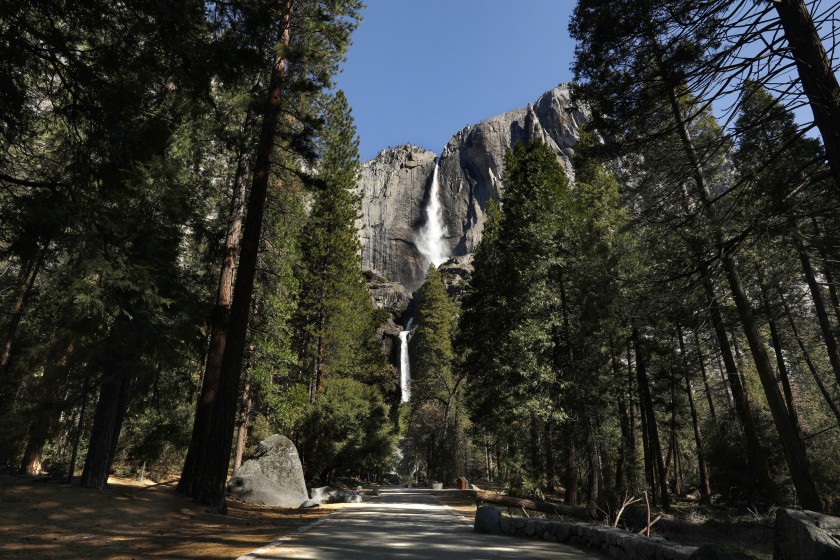Coronavirus: Bad for Us, Good for National Parks
Photo Courtesy of the Los Angeles Times
Without people, national parks are flourishing and animals are coming out of hiding.
June 4, 2020
Due to the outbreak of the coronavirus, national parks in the United States closed, thus preventing people from visiting. Regardless of their closure, on May 12, a woman illegally entered Yellowstone National Park. While taking pictures of the Old Faithful Geyser, she fell into a thermal feature and burned herself. NBC News states that the woman then drove 50 miles until she was pulled over by park rangers and sent to a nearby hospital by helicopter.
Although it is unexpected for someone to illegally enter a national park during the coronavirus outbreak, their motive for entering is not as surprising. Parking lots are empty and crowds are nowhere to be seen. Since there are no tourists entering national parks, the parks are recovering and wildlife is flourishing.
All over the United States, park rangers who are still working at national parks are observing that more animals are coming out since there are not that many people. The Los Angeles Times states that at Yosemite National Park, animals such as coyotes and bobcats are coming out from hiding and are spending time at the Yosemite Village since no people were there. It was also “nearly silent, except for the rushing waters of the Merced River and the wind blowing through the ponderosa pines.”
National parks are not only recovering in the United States, but in other countries too. According to CTV News, at Kruger National Park in South Africa, the lack of tourism has caused a pride of lions to take a nap in the middle of the road. Bloomberg Green also states that ecosystems are recovering in various countries, including New Zealand, Saudi Arabia, and Chile.
Starting in early May, national parks have begun to open in the United States on a park-by-park basis. According to the National Park Service, things will be different than before because many services will be limited and social distancing will be enforced for visitor safety. CDC guidelines will also be followed to prevent diseases from spreading.
Even if we weren’t able to visit national parks for a long time, it is good to know that they were recovering from our impacts as tourists. Megan Chou (9) responds to this and says, “Even if the coronavirus was not good for humans, it was a good way to help the national parks recover.” As tourists go back to visiting national parks as they open, the parks should be able to get a break every so often so they can get a break from tourism.



































